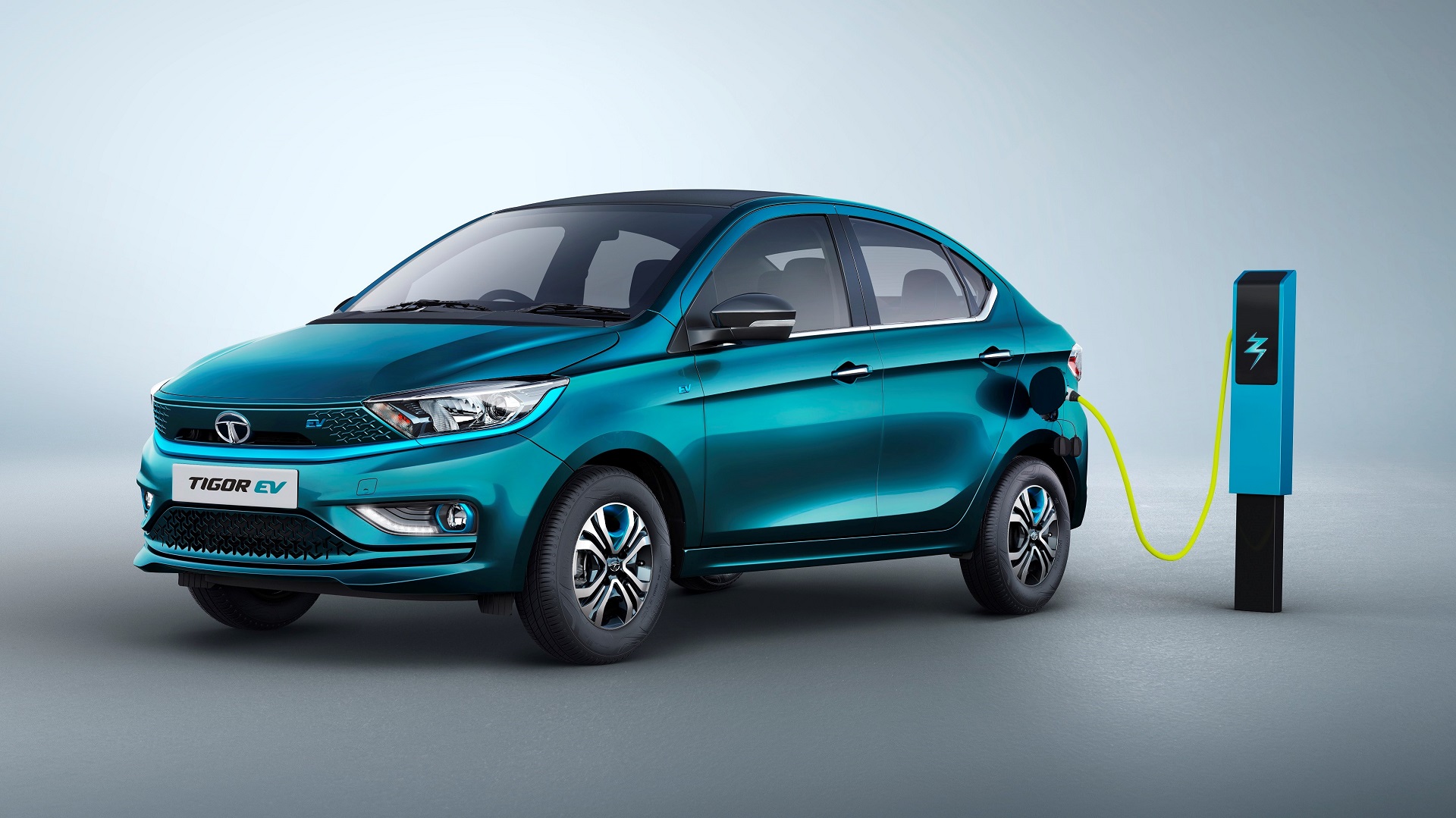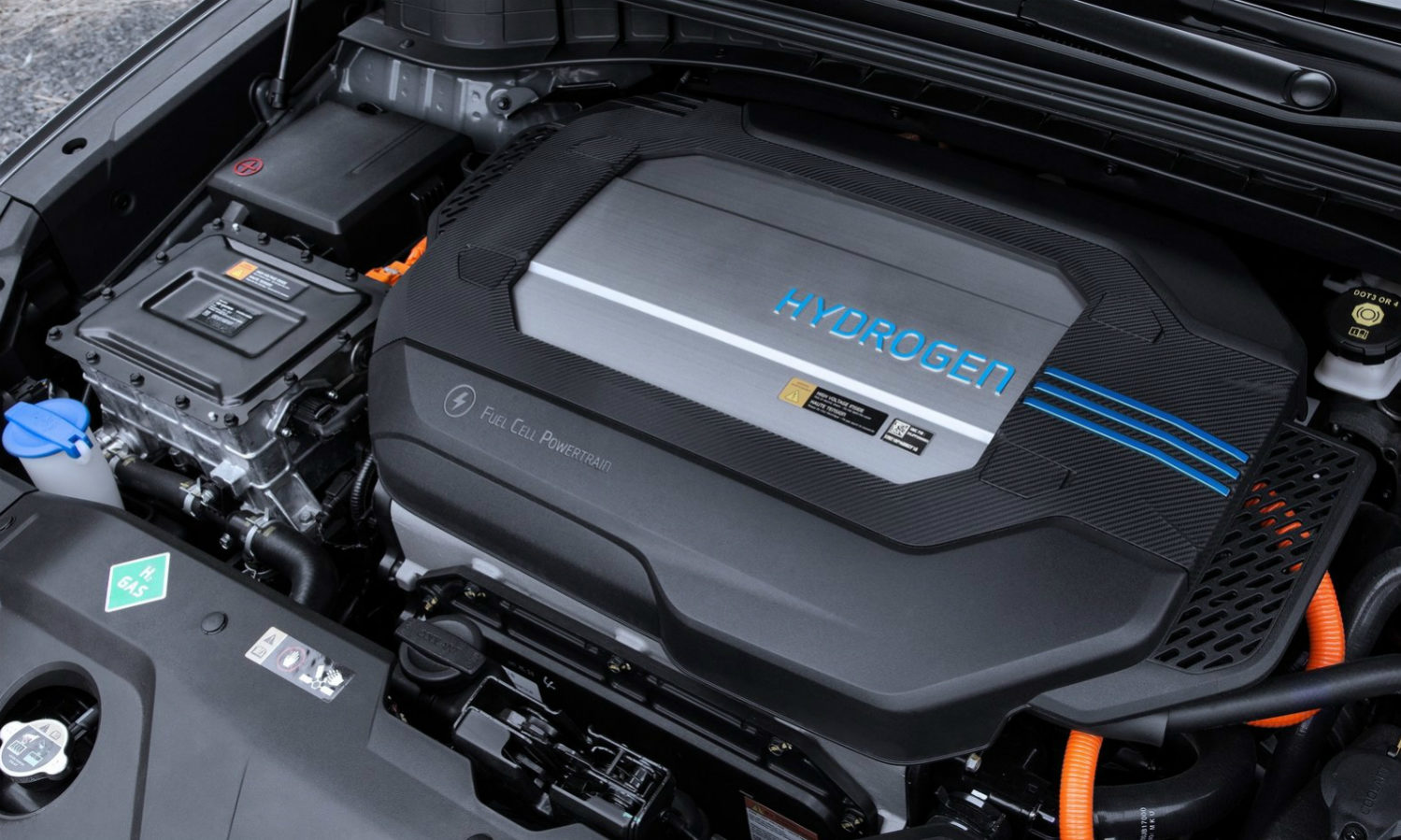Govt. Outlines PLI Scheme For Auto Industry
Earlier this year, during the current fiscal’s budget announcement, the Government of India confirmed PLI (Production Linked Incentive) schemes for thirteen industries with a total outlay of Rs 1.97 lakh crore. It has now shared what amount of total budget will be reserved for the auto and drone industries. The figure is Rs 26,058 crore. Using those funds, the Govt. has plans to incentivise “high-value advanced automotive technology and products”.

Let’s break it down further. The PLI scheme is open to existing automotive companies and new investors (those not part of automobile or auto component manufacturing businesses). As for the incentives, they will depend on which bucket a business falls in. There are two categories – OEM Champion and Component Champion – both sales value linked. The former caters to Battery Electric Vehicles and Hydrogen Fuel Cell Vehicles serving all segments. On the other hand, the latter revolves around advanced automotive technology components and CKD (Completely Knocked Down)/SKD (Semi Knocked Down) kits for two- and three-wheelers, passenger vehicles, commercial vehicles, etc.
The Govt. of India says that the PLI scheme will help overcome cost disabilities for producing advanced automotive technology products. It estimates that in five years, the new scheme will lead to fresh investments of more than Rs 42,500 crore, incremental production of over Rs 2.3 lakh crore and 7.5 lakh additional employment opportunities.

Let’s not forget that the PLI scheme will work in tandem with other similar initiatives. That includes Advanced Chemistry Cell (Rs 18,100 crore) and Faster Adoption and Manufacturing of Electric & Hybrid Vehicles (FAME II) (Rs 10,000 crore). The auto industry is one of the largest employers in the country. Also, it ranks amongst the top 5 auto industries worldwide. So it has the potential to help India turn its fortunes on the GDP front. The Govt. hopes that these initiatives will help phase out fossil fuel-based automobile transportation and adopt greener, more sustainable EV-based solutions.
The real question is – are those schemes (combined) enough to support a complicated, incredibly price-sensitive market like India? What do you think?





